Metal degreasing and cleaning – what you need to know about industrial cleaning method
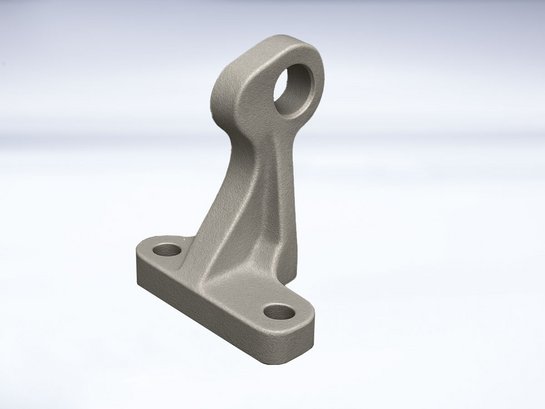
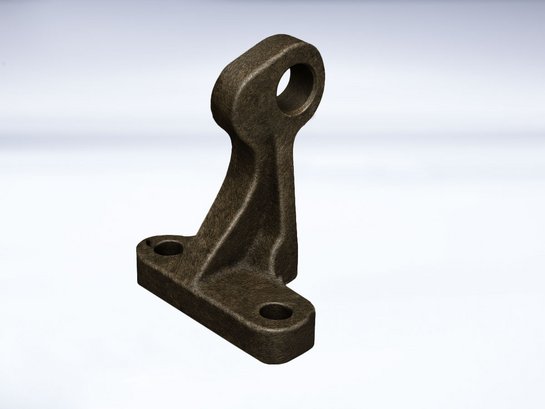
In many industrial production processes, oils, greases, coolants, and release agents are used. Even with modern minimal lubrication techniques, these substances remain on the metal surface after machining.
During deep drawing, stamping, fine blanking, and machining (milling, turning), metal parts are processed with the aid of oil, grease, and emulsions. Before further processing, these residues must be removed through an effective degreasing process (for example solvent-free, with acetone). Die-cast parts, which are often contaminated by release agents, require thorough cleaning and degreasing before coating. Machined workpieces, such as milled parts contaminated by coolants, can be cleaned in mass finishing (vibratory finishing) systems, preparing them for subsequent treatments.
More than just clean
For cleaning metal parts made of steel, aluminum, or copper, the processes and machines used in mass finishing are particularly suitable. As an alternative to solvents, this type of metal degreasing and cleaning often works without isopropanol. Supported by mechanical movement and water-based alkaline solutions or other degreasing agents, it effectively removes grease residues and dirt. Non-ferrous metals, in particular, show improved surface quality after the removal of contaminants.
If surfaces are to undergo shot blasting, they must be completely free from oil, grease, emulsions, and water. In this context, “cleaning” refers not to removing lubricants but rather to eliminating rust, scale, sand, coatings, and other buildup. The goal is to expose the pure metal substrate. These methods are core elements of shot blasting technology, widely used in industries such as foundries, steel construction, and raw steel production.
What do you need to know about cleaning, de-oiling, and degreasing? Frequently asked questions
Why is residue-free degreasing so important for the subsequent processing stage?
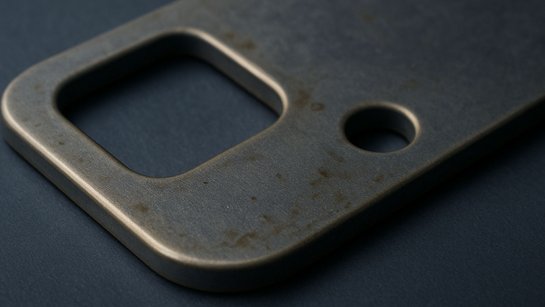
Lubricants are vital during production: they protect tools and equipment, optimize material flow, and improve processing efficiency. In addition, special anti-corrosion oils prevent oxidation during production. However, these substances must later be completely removed from the metal surface, as any residue or contamination resulting from previous production cycles can cause serious corrosion problems, poor adhesion, or defects in coatings. Only after complete removal of oil, grease, and dirt can paints, coatings, or further treatments bond effectively.
Precise cleanliness: What cleaning solutions does the mass finishing process offer?
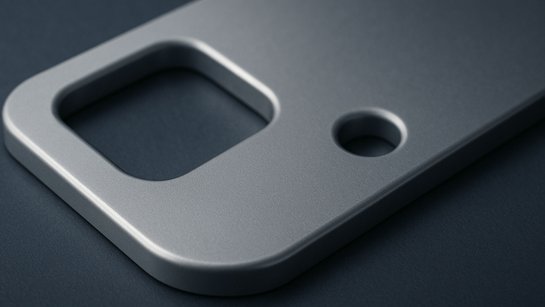
In mass finishing, cleaning is not just about polishing or deburring. Here, degreasing means the targeted removal of oil, grease, dirt, or residue from the metal surface—substances that are not part of the workpiece itself but contaminate it.
At home, such contamination might be removed with sprays, alcohol, solvents, or simple brushing. In industrial environments, however, reliable and efficient systems are required to ensure consistent quality and prevent corrosion problems.
Effective and Economical – Especially for Small Parts and Complex Geometries
Integrating cleaning into the mass finishing process is often more cost-effective than using a separate washing system. In some cases, it is the only suitable method, for example, with small parts, sensitive materials like aluminum, or geometries that would trap liquid in conventional washing machines. This prevents contamination, buildup, and problems during subsequent treatments.
Can cleaning and degreasing be combined with other processing methods?

One of the main advantages of mass finishing is its ability to combine several treatment steps into one. A cleaning step can almost always be integrated into the finishing process. Since water is almost always part of the system, the addition of chemicals—called compounds—ensures both metal degreasing and effective removal of contaminants. At the same time, the abrasive media supports mechanical action, which increases the efficiency of oil and grease removal.
What role do compounds play in cleaning/degreasing?
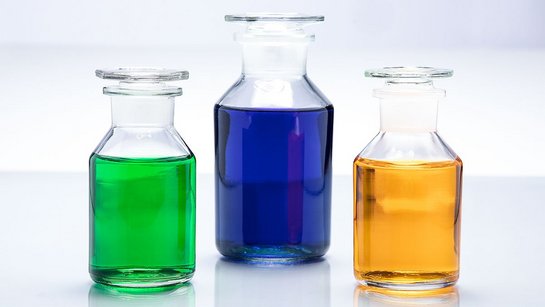
Compounds are the true “degreasers” of mass finishing. Added in liquid or powder form, they dissolve oil and grease, prevent oxidation, and improve the overall efficiency of the degreasing process. Options include strong alkaline solutions for heavily contaminated parts, neutral cleaners for sensitive materials, or additives that reduce corrosion. Their high dirt-carrying capacity ensures clean metal parts, media, and machines throughout the cycle.
Is cleaning also possible as a solo process?

Not every application requires combined cleaning. In many industries, dedicated washing systems focus exclusively on metal degreasing and cleaning. These machines are integrated into production lines and achieve excellent results even at low temperatures, with efficient disposal of wastewater and minimized residue.
Detects Even the Smallest Deviations: Process Water Monitoring for Optimal Process Support

A precisely adjusted and coordinated process water management and monitoring system is crucial to ensure part and surface cleaning that is not only effective and cost-efficient, but also environmentally responsible with regard to disposal.
Even when a cleaning step such as degreasing is integrated into the production process, the process water can be treated and reused multiple times.
With our digital process water analysis software, Rösler Smart Solutions (RSS), the contamination level of the water and its pH value are continuously monitored.
What cleaning methods does shot blasting technology offer?
In shot blasting, cleaning means something different: it removes rust, sand, scale, and coatings. During cleaning blast processes, the abrasive media strikes the metal surface with high energy, effectively eliminating contaminants and preparing the substrate for further treatment or coating. Depending on the contamination, different methods and blasting systems are used—for example, turbines for castings or high-energy blasting for heavy steel components.
Cleaning Blasting of Metal Surfaces

In cleaning blasting, the acceleration energy imparted to the abrasive medium is used to dislodge or abrasively remove foreign substances from the workpiece surface. The range of possible cleaning tasks is broad. The type and amount of contaminants determine everything—the energy required from the blast, and consequently the choice of abrasive and the blasting system.
To remove molding sand and other residues from typically rough cast surfaces, a high-energy, high-impact blast is required, which is most economically achieved with turbines or centrifugal wheels and relatively large, round blasting media.
Subcategories of Cleaning Blasting
The processes of sand removal, scale removal, rust removal, and coating removal are widely used in numerous industrial sectors—especially in heavy industry, steel construction, and foundries, where these systems can reach enormous dimensions. Detailed information on each of these processing methods can be found in the respective dedicated sections.
Use the Solution Finder to find the right system for your processing method.
